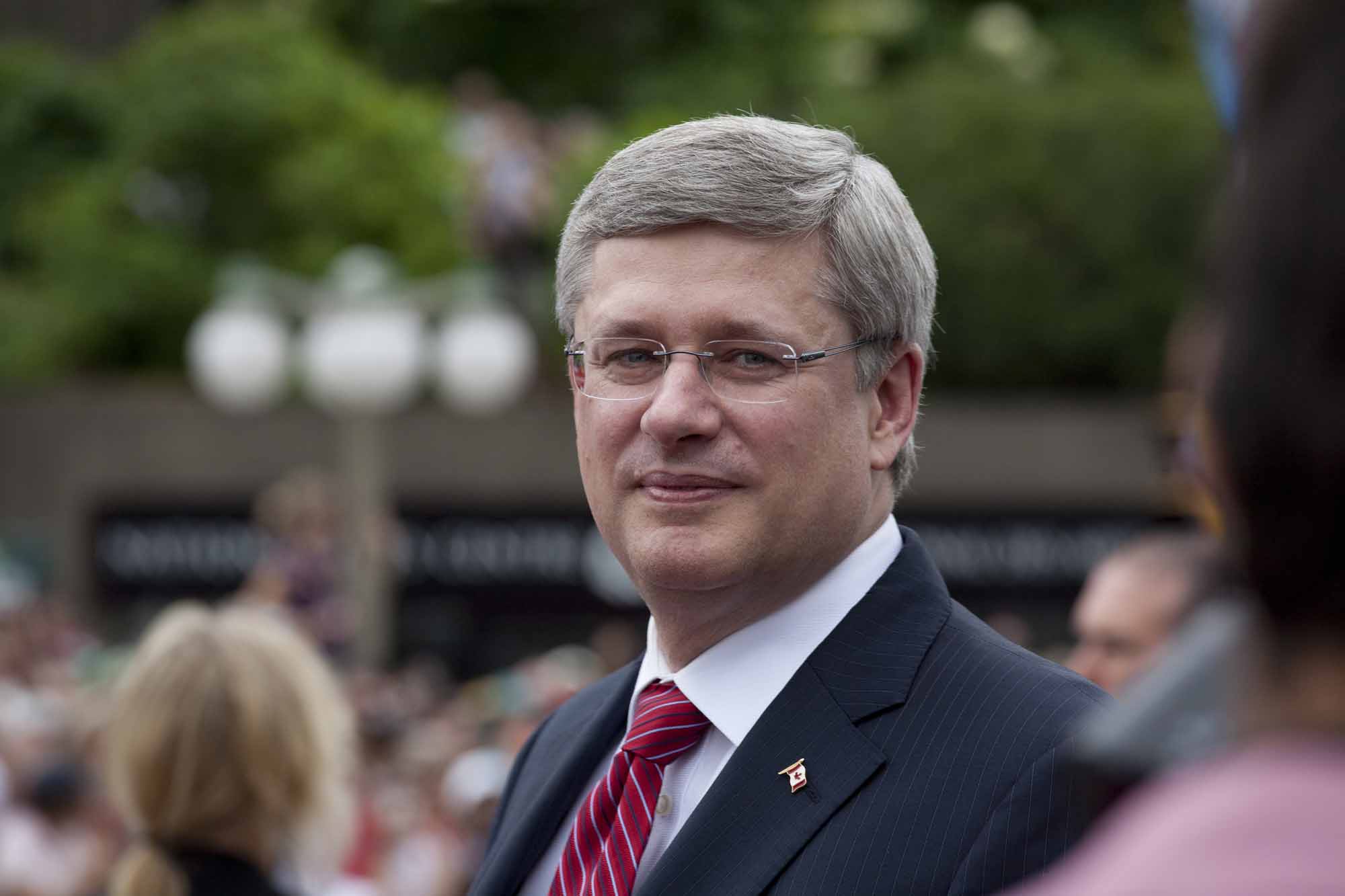A prorogation is a suspension of Parliament. All parliamentary activity is stopped, but the government remains in power and is not dissolved. Every session of Parliament begins with a summons and ends with prorogation; both are issued by the governor general (or lieutenant-governor at the provincial level) at the government’s request. Throughout Canadian history, governments have at times used prorogation to their own advantage. The main purpose of prorogation is to wipe clean the Order Paper of old or existing business and to set a new legislative agenda. All unfinished business at the end of a session dies on the Order Paper. There are procedures in place to reinstate previous activities in a new session, which begins with a Speech from the Throne.

Function and History
A prorogation is a routine occurrence in parliamentary procedure; it happens at the end of every parliamentary session. It differs from an adjournment or a recess; those are short-term pauses of a session and do not end it. A prorogation ends one session and wipes the slate clean for the next, but the government is not dissolved and remains in power. All parliamentary activity — committee meetings, investigations, voting, question periods, etc. — is stopped. All bills that have not received royal assent die on the Order Paper and cease to exist. Legislation can be reintroduced to the House of Commons during a new session and reinstated if the House adopts a motion to that effect.
Between 1867 and 1938, the annual sessions of Parliament lasted only a few months; prorogations lasted much of the year. Sessions now normally run a full year, with three prorogations. Between 1980 and 2010, the average length of a prorogation in Canada was 22 days. A prorogation cannot last longer than one year, as the constitution requires that Parliament meet at least once every 12 months.

Notable Prorogrations
There are examples throughout Canadian history of governments using the suspension of Parliament afforded by prorogation to their own advantage.
In 1873, Governor General Lord Dufferin granted Sir John A. Macdonald’s request to prorogue Parliament, which ended an investigation into Macdonald’s involvement in the Pacific Scandal. Lord Dufferin granted a 10-week prorogation but warned Macdonald that “your personal connection with what has passed cannot but fatally affect your position as minister.” When the House of Commons reconvened on 23 October, several Conservative MPs left the party. Realizing that his government would lose the confidence of the House, Macdonald asked Dufferin to dissolve Parliament and resigned as prime minister. Dufferin invited the Liberals to form government and Alexander Mackenzie became prime minister.
Prorogation became a heated political issue in the late 2000s. Controversy erupted in 2008 when Prime Minister Stephen Harper asked Governor General Michaëlle Jean to prorogue Parliament. This happened shortly before a confidence vote that could have defeated the Conservative Party’s minority government; the Harper government would have been replaced with an NDP- Liberal coalition supported by the Bloc Québécois. After talking with constitutional experts amid intense public and media scrutiny, Jean agreed to Harper's request. His government survived.

In 2009, Harper again asked the governor general to prorogue Parliament for two months. He argued that his government needed to consult with Canadians and businesses as it dealt with economic issues during the recession of 2008–09. However, the
move was widely criticized as a tactic to give the government time to gain a majority on Senate committees. It was also seen as a way to avoid investigations into allegations that the government had ignored the torture of detainees during the War in Afghanistan. The 2009 episode led to a debate about whether governments were using prorogation as a political tool to further their own causes.
In August 2020, the Liberal Party argued that Prime Minister Justin Trudeau’s request to prorogue Parliament until 23 September was intended to “reset” the government’s priorities, which had been adversely affected by the COVID-19 pandemic. “[I]t is obvious that the Throne Speech we gave eight months ago is no longer relevant for the reality that Canadians are living and that our government is facing,” Trudeau said. However, MPs in all opposition parties argued that the purpose was to shut down investigations into the WE Charity scandal, which had already resulted in the resignation of finance minister Bill Morneau.

Reform
Prorogation is governed by constitutional conventions, or unwritten rules. A 2017 public opinion survey found that 84 per cent of Canadians favoured “restricting the powers of the prime minister and provincial premiers with clear written rules that can be enforced.” In 2009, the Federal Court of Canada decided that a change to the Crown’s prerogative powers could not be accomplished through legislation and would require a constitutional amendment.
See also Parliamentary Procedure.

 Share on Facebook
Share on Facebook Share on X
Share on X Share by Email
Share by Email Share on Google Classroom
Share on Google Classroom



